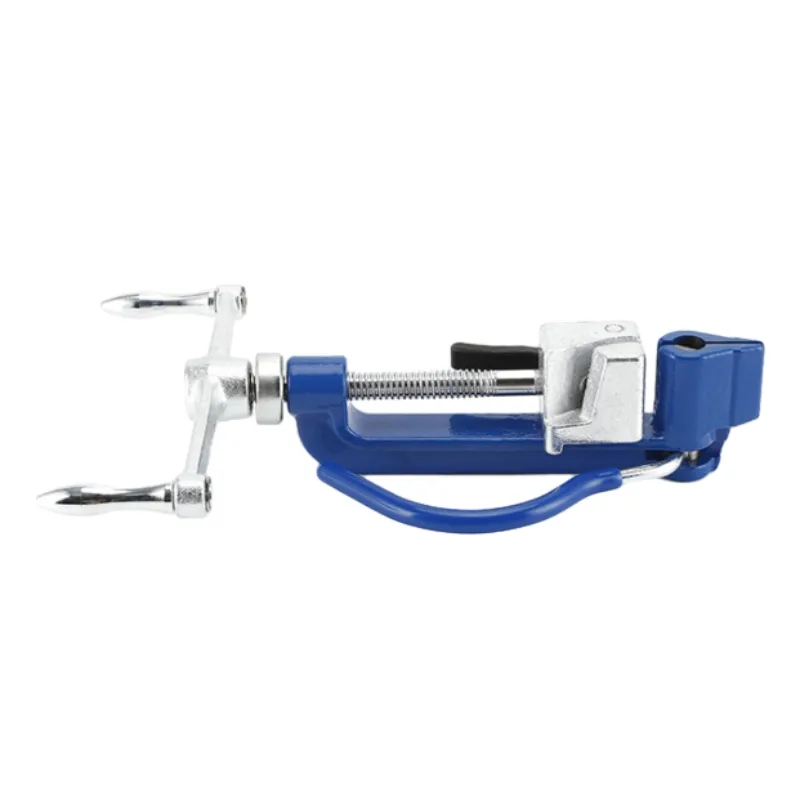
-
 Afrikaans
Afrikaans -
 Albanian
Albanian -
 Amharic
Amharic -
 Arabic
Arabic -
 Armenian
Armenian -
 Azerbaijani
Azerbaijani -
 Basque
Basque -
 Belarusian
Belarusian -
 Bengali
Bengali -
 Bosnian
Bosnian -
 Bulgarian
Bulgarian -
 Catalan
Catalan -
 Cebuano
Cebuano -
 Corsican
Corsican -
 Croatian
Croatian -
 Czech
Czech -
 Danish
Danish -
 Dutch
Dutch -
 English
English -
 Esperanto
Esperanto -
 Estonian
Estonian -
 Finnish
Finnish -
 French
French -
 Frisian
Frisian -
 Galician
Galician -
 Georgian
Georgian -
 German
German -
 Greek
Greek -
 Gujarati
Gujarati -
 Haitian Creole
Haitian Creole -
 hausa
hausa -
 hawaiian
hawaiian -
 Hebrew
Hebrew -
 Hindi
Hindi -
 Miao
Miao -
 Hungarian
Hungarian -
 Icelandic
Icelandic -
 igbo
igbo -
 Indonesian
Indonesian -
 irish
irish -
 Italian
Italian -
 Japanese
Japanese -
 Javanese
Javanese -
 Kannada
Kannada -
 kazakh
kazakh -
 Khmer
Khmer -
 Rwandese
Rwandese -
 Korean
Korean -
 Kurdish
Kurdish -
 Kyrgyz
Kyrgyz -
 Lao
Lao -
 Latin
Latin -
 Latvian
Latvian -
 Lithuanian
Lithuanian -
 Luxembourgish
Luxembourgish -
 Macedonian
Macedonian -
 Malgashi
Malgashi -
 Malay
Malay -
 Malayalam
Malayalam -
 Maltese
Maltese -
 Maori
Maori -
 Marathi
Marathi -
 Mongolian
Mongolian -
 Myanmar
Myanmar -
 Nepali
Nepali -
 Norwegian
Norwegian -
 Norwegian
Norwegian -
 Occitan
Occitan -
 Pashto
Pashto -
 Persian
Persian -
 Polish
Polish -
 Portuguese
Portuguese -
 Punjabi
Punjabi -
 Romanian
Romanian -
 Russian
Russian -
 Samoan
Samoan -
 Scottish Gaelic
Scottish Gaelic -
 Serbian
Serbian -
 Sesotho
Sesotho -
 Shona
Shona -
 Sindhi
Sindhi -
 Sinhala
Sinhala -
 Slovak
Slovak -
 Slovenian
Slovenian -
 Somali
Somali -
 Spanish
Spanish -
 Sundanese
Sundanese -
 Swahili
Swahili -
 Swedish
Swedish -
 Tagalog
Tagalog -
 Tajik
Tajik -
 Tamil
Tamil -
 Tatar
Tatar -
 Telugu
Telugu -
 Thai
Thai -
 Turkish
Turkish -
 Turkmen
Turkmen -
 Ukrainian
Ukrainian -
 Urdu
Urdu -
 Uighur
Uighur -
 Uzbek
Uzbek -
 Vietnamese
Vietnamese -
 Welsh
Welsh -
 Bantu
Bantu -
 Yiddish
Yiddish -
 Yoruba
Yoruba -
 Zulu
Zulu


Nov . 13, 2024 13:34 Back to list
'chain block shuang ge - measuring wheel'
The Evolution of Measuring Wheels A Closer Look at Chain Block Technology
In the realm of construction and surveying, measuring wheels have become indispensable tools. These devices, traditionally earthy and straightforward in design, have evolved dramatically over the years. To fully appreciate modern measuring wheels, we can examine the innovation of the chain block, a breakthrough that enhances both accuracy and usability.
Understanding Measuring Wheels
Measuring wheels, or distance measuring wheels, are designed for ground measurement. Consisting of a wheel mounted on a long handle, the user rolls the wheel along the ground, allowing the device to count the number of revolutions made. The distance covered is then displayed on a counter. While this might seem simple, a multitude of factors—including wheel size, calibration, and user technique—can affect accuracy.
The Challenge of Measurement Accuracy
With traditional measuring wheels, accuracy can vary based on several factors terrain type, the user's walking speed, and even the pressure applied to the wheel. For instance, measuring on an uneven surface like gravel or grass can lead to significant discrepancies in measurement. Recognizing these challenges, manufacturers began to rethink design and functionality, leading to the incorporation of advanced technologies like chain block systems.
Chain Block Mechanism Explained
A chain block, or block chain measurement system, utilizes a chain mechanism that significantly improves the measurement process. Here’s how it works as the user rolls the measuring wheel, the movement of the wheel is directly connected to a chain system that converts the rotation into precise measurements. This creates a more consistent and reliable link between the wheel’s movement and the display, thereby enhancing precision.
'chain block shuang ge - measuring wheel'

In addition to its accuracy, the chain block mechanism facilitates smoother operation over diverse terrains. It minimizes the friction that often hampers the measurement in traditional wheels, reducing wear and tear, which can lead to measurement errors. The robust construction of chain systems also contributes to durability, ensuring that the measuring wheel can endure the rough conditions typically found on construction sites.
User-Friendly Designs
Modern measuring wheels with chain block systems are designed with user convenience in mind. Many feature ergonomic handles that reduce fatigue during prolonged use. Adjustable heights allow users of varying statures to operate the tool comfortably, improving efficiency. Furthermore, some models incorporate easy-to-read digital displays, providing instantaneous feedback on measurements—a significant upgrade from traditional analog dials.
Applications in the Field
The practical applications of modern measuring wheels reach far beyond construction. Surveyors, landscapers, and engineers rely on these tools for tasks ranging from terrain mapping to laying out property lines. In educational settings, they serve as effective teaching tools, helping students grasp concepts of distance and measurement practically.
Conclusion
Measuring wheels have come a long way from their basic origins. Innovations such as chain block technology have redefined how we measure distances, offering enhanced accuracy, durability, and ease of use. As we look to the future, it is clear that the symbiosis of technology and design will continue to evolve, making the measuring wheel an essential tool in various fields. Whether for a seasoned professional or an enthusiastic DIYer, understanding the mechanics and advancements of measuring wheels can lead to more efficient and accurate work, cementing their place as a staple in measurement tools.
Latest news
What Are Construction Tools and How Are They Used?
NewsJul.11,2025
Professional-Grade Duct Rodding Tools for Superior Cable Installation
NewsJul.11,2025
Enhancing Safety and Efficiency with Modern Hot Stick Solutions
NewsJul.11,2025
Empowering Cable Installation with Advanced Rodder Solutions
NewsJul.11,2025
Elevate Your Cable Installation Projects with Cable Pulling Tools
NewsJul.11,2025
Efficient Cable Handling Solutions: Cable Rollers for Sale
NewsJul.11,2025











